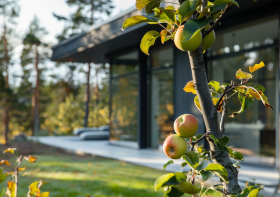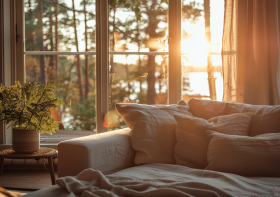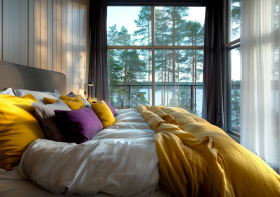Incorporating Nature into Your Home
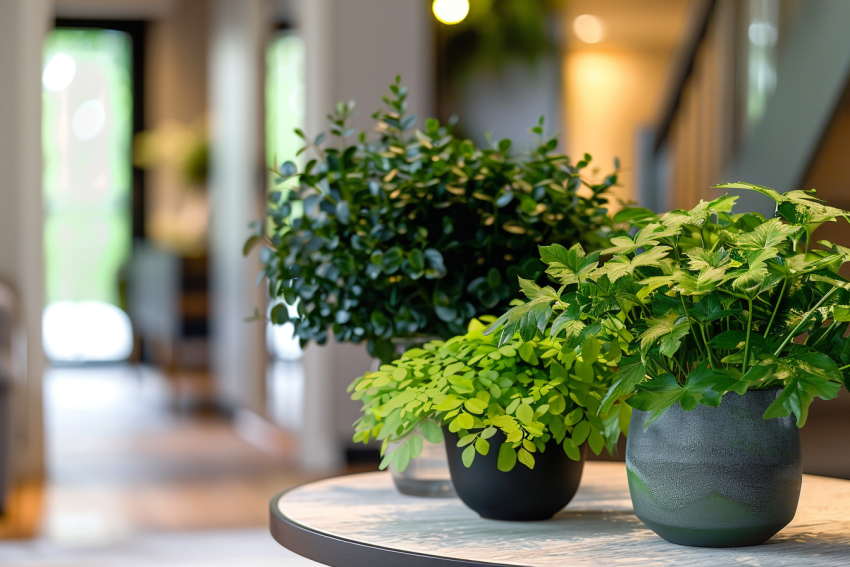
Biophilic design is a revolutionary approach to interior design that seeks to connect our inherent need to affiliate with nature in the modern built environment. This design philosophy is grounded in the idea that integrating natural elements into our homes can significantly improve our health, well-being, and happiness. As we spend an increasing amount of time indoors, especially in today’s fast-paced, digital world, the importance of bringing the outside in has never been more pronounced. Here’s how the latest biophilic design trends can help you incorporate nature into your home, creating spaces that are not only aesthetically pleasing but also nurturing and restorative.
Natural Light Maximization
One of the core principles of biophilic design is the maximization of natural light. Large windows, skylights, and strategically placed mirrors can flood your home with sunlight, helping to regulate your natural circadian rhythms, boost your mood, and improve your overall health. Consider sheer window treatments or no coverings at all to let in as much daylight as possible, and position workspaces near windows to benefit from the invigorating effects of natural light.
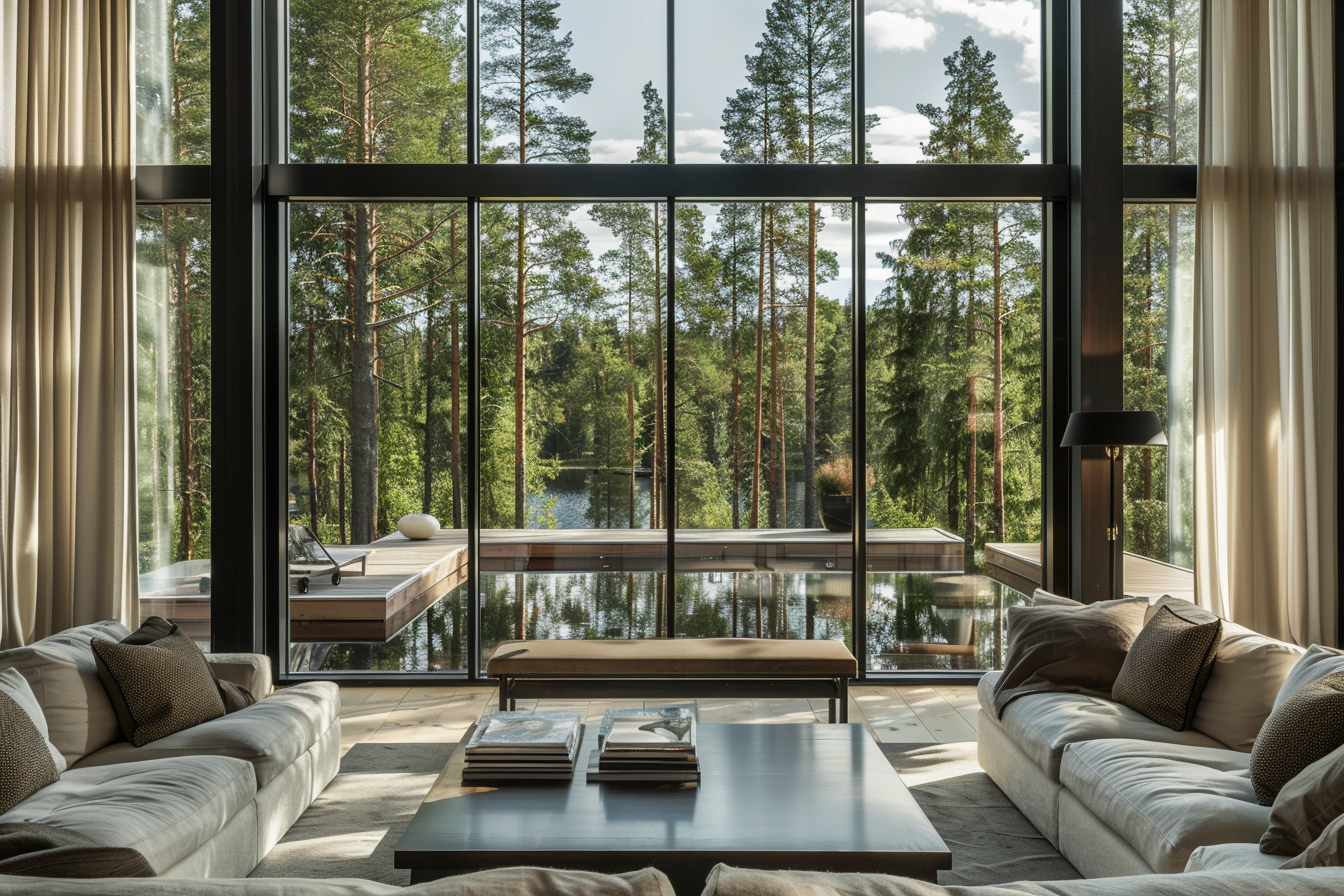
Indoor Plants and Green Spaces
Introducing indoor plants and creating green spaces within your home is perhaps the most direct way to incorporate nature into your environment. Beyond their aesthetic appeal, plants purify the air, reduce stress, and can enhance concentration and productivity. From a simple herb garden in the kitchen to living walls and indoor trees, there are endless ways to integrate greenery into your living spaces, regardless of your home’s size or style.
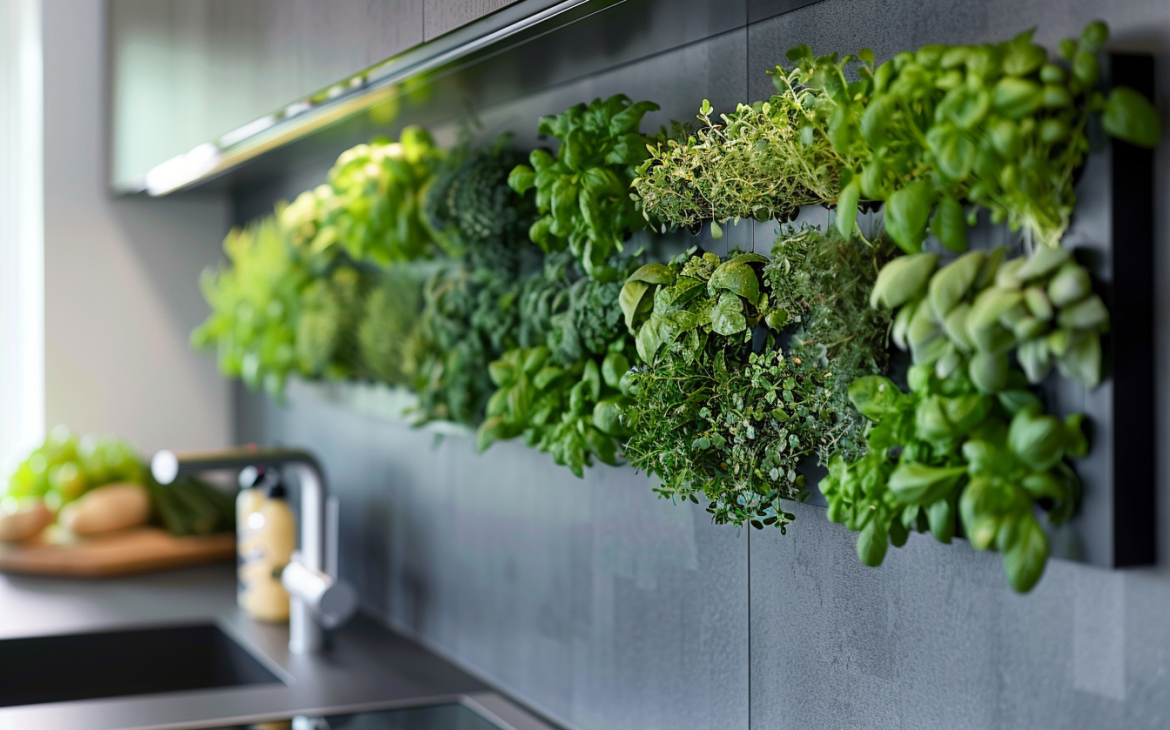
Natural Materials and Textures
Incorporating natural materials and textures is another key aspect of biophilic design. Wood, stone, bamboo, wool, and cotton not only bring a piece of nature into your home but also add warmth and texture, creating a more inviting and comfortable space. Furniture, flooring, decorative items, and textiles made from natural materials can subtly remind you of the outdoors, fostering a sense of calm and connection to the earth.
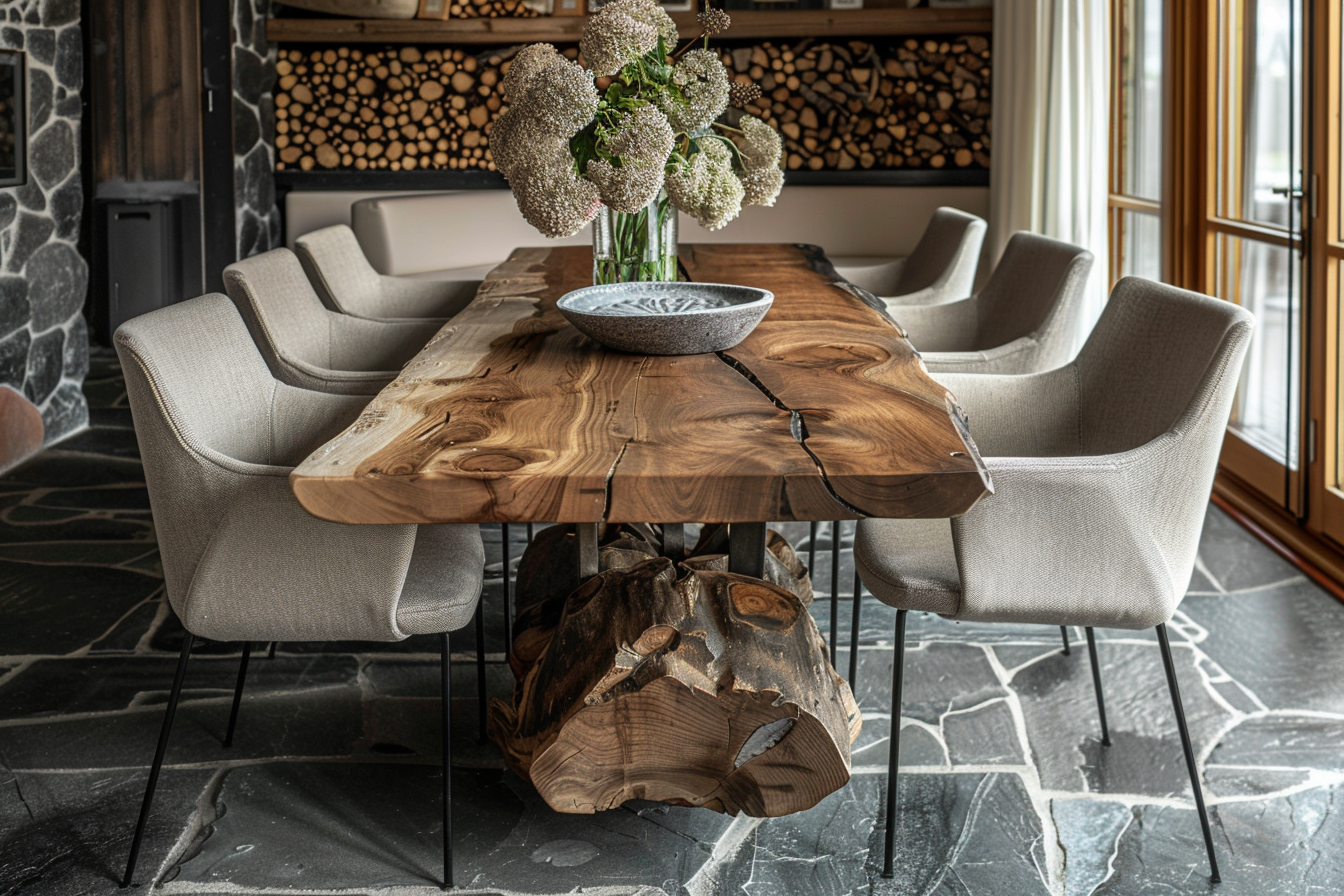
Water Features
The sound and sight of water have a calming effect on the human mind, reminiscent of being near a serene lake or a gentle stream. Integrating water features, such as small indoor fountains, aquariums, or even a simple bowl of water with floating flowers, can enhance the tranquility of your home, providing a soothing backdrop to daily life.
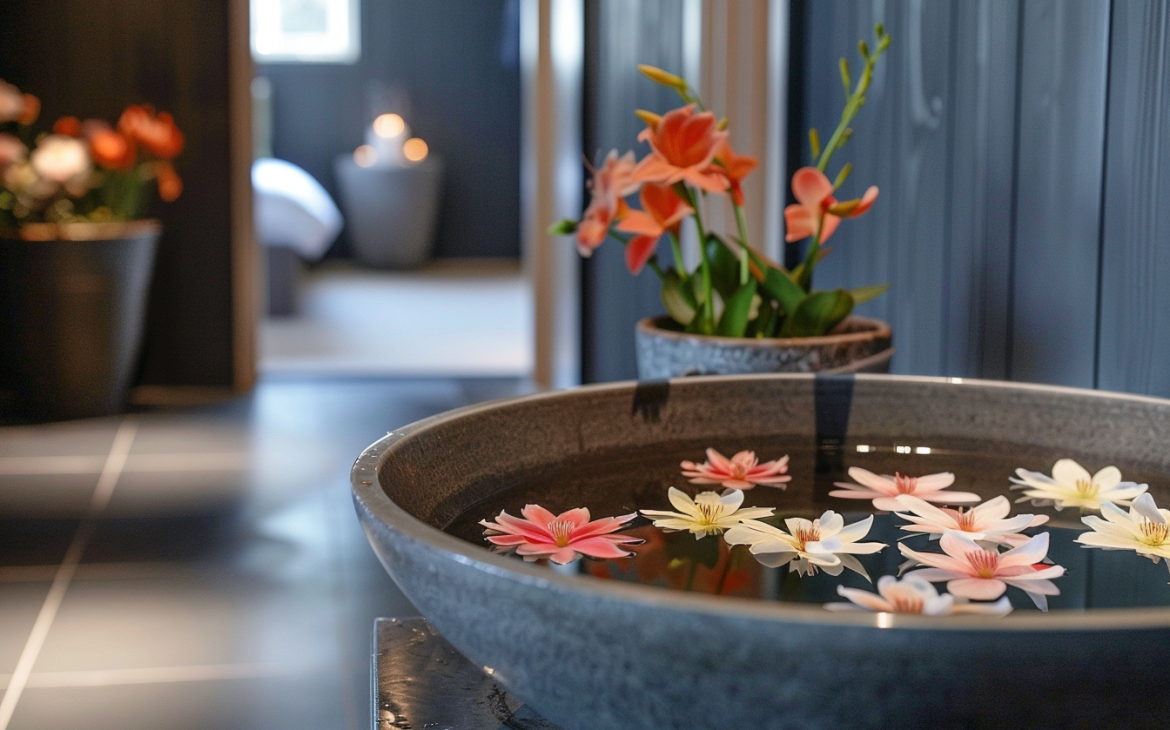
Views of Nature
Where possible, design your spaces to capitalize on any available views of the outdoors. Arrange seating to face windows that look out onto greenery, gardens, or even the sky. If natural views are limited, consider using landscape paintings, photographs, or digital screens displaying serene natural scenes to create visual connections with the outdoors.
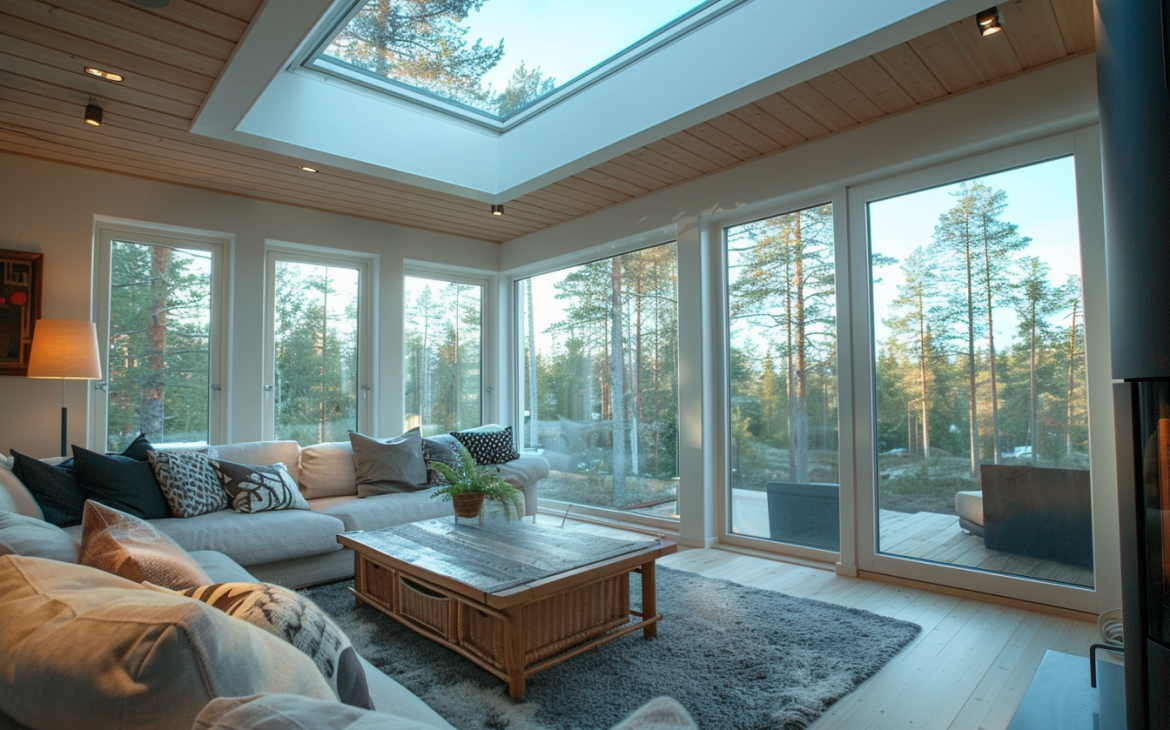
Natural Colors and Patterns
Incorporate colors, patterns, and motifs inspired by nature into your home decor. Earth tones, soft greens, sky blues, and floral or leaf patterns can evoke the natural world and create a more cohesive connection between your indoor spaces and the outdoors. These elements can be introduced through wall colors, upholstery, rugs, and decorative items.
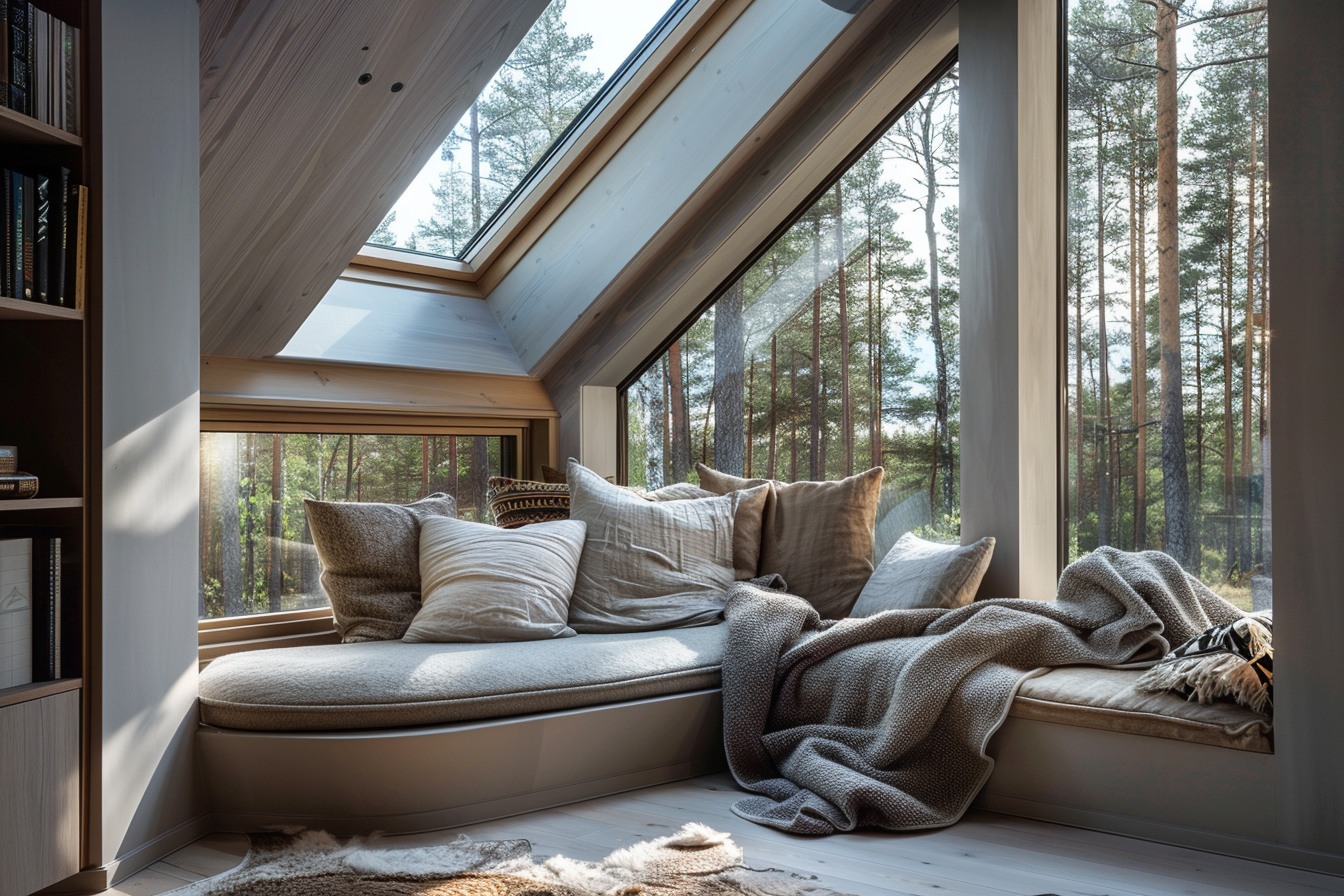
Sensory Variability
Biophilic design also emphasizes the importance of sensory experiences. Incorporating elements that engage not just sight but also touch, smell, and hearing can enhance the connection to nature. Natural wood grains, essential oil diffusers with forest or floral scents, and the tactile pleasure of wool rugs or linen curtains are all ways to create a more immersive and sensory-rich environment.
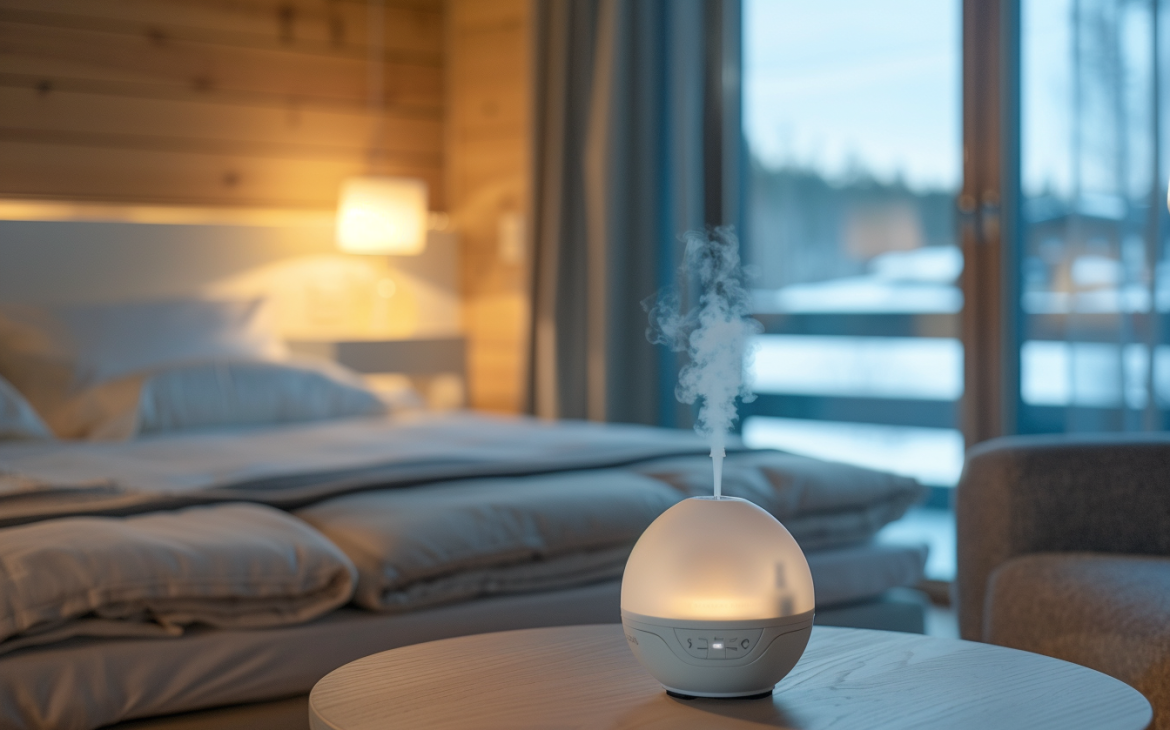
By embracing biophilic design trends, you can transform your home into a nurturing sanctuary that supports your well-being and reconnects you with the natural world. In doing so, you not only create a beautiful and inviting space but also tap into the deep-rooted human instinct to connect with nature, proving that the best designs are those that celebrate and incorporate the beauty of the natural world.
If you want to learn more about designing different kind of spaces, buy my book Designing for Different Types of Spaces from Amazon.

